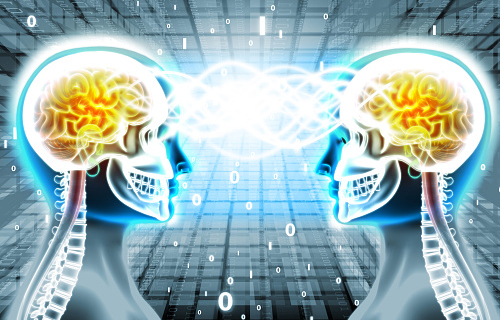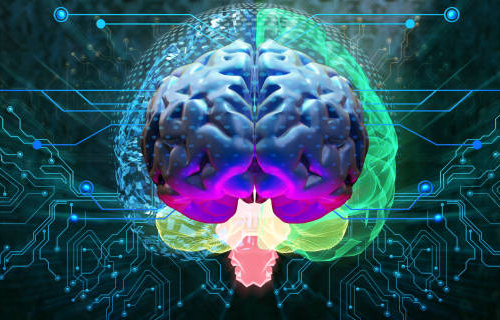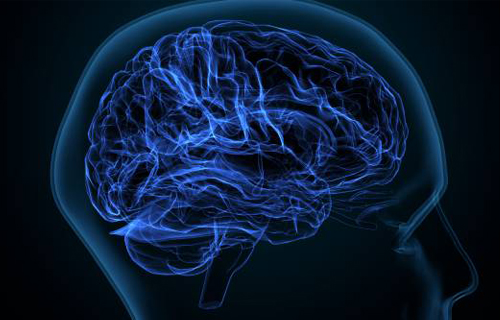
This article will examine the Neural Mechanisms Underlying Social Cognition and Empathy. Social cognition and empathy are two critical aspects of our social lives that allow us to understand and interact with others effectively. The ability to perceive and interpret social cues, understand the thoughts and emotions of others, and empathize with them is fundamental to forming and maintaining social relationships. In recent years, neuroscience research has significantly progressed in understanding the neural mechanisms underlying social cognition and empathy.
Social Cognition; Neural Mechanisms Underlying Social Cognition and Empathy

Social cognition refers to the mental processes that enable us to understand and interpret social cues such as facial expressions, body language, and tone of voice. It involves various cognitive functions, including attention, perception, memory, and reasoning. Studies have shown that several brain regions affect social cognition, including the prefrontal cortex, the temporal lobe, and the amygdala. The prefrontal cortex is particularly crucial for social awareness, as it plays a vital role in higher-level cognitive functions such as decision-making, planning, and social behavior.
Neural Mechanisms Underlying Empathy

Empathy is a complex and multidimensional phenomenon that involves emotional processing, perspective-taking, and affective regulation. It is an essential component of social cognition and is critical for forming and maintaining social relationships. Studies have shown that several brain regions are involved in empathy, including the anterior cingulate cortex, the insula, and the mirror neuron system.
The anterior cingulate cortex (ACC) is a brain region in the medial prefrontal cortex that plays a critical role in detecting emotional signals and regulating emotional responses. It is involved in empathy’s affective and cognitive components. For example, the ACC is activated when individuals experience empathy for others’ pain, indicating that it is involved in affective resonance. In addition, the ACC is also engaged in perspective-taking, a cognitive process that consists in adopting another person’s viewpoint. Studies have shown that the ACC is more active when individuals take the perspective of someone they identify with, suggesting that it is involved in empathy for in-group members.
The insula is another brain region that has been implicated in empathy. It is located in the lateral sulcus of the brain and is involved in processing bodily sensations and emotional experiences. Studies have found that the insula is activated when individuals experience empathy for others’ emotions, such as feeling sad when seeing someone else cry. In addition, the insula is involved in self-awareness and introspection, essential for empathy.
What is the mirror neuron system?

The mirror neuron system is a network of neurons that are involved in understanding the actions and intentions of others. It is located in the premotor and inferior parietal cortex and has been implicated in empathy for others’ actions and emotions. Studies have found that the mirror neuron system is activated when individuals observe others’ actions, indicating that it is involved in action understanding. In addition, the mirror neuron system is involved in emotional contagion, which is the process of feeling the same emotion as someone else.
The neural mechanisms underlying empathy are complex and involve several brain regions and networks. The ACC, the insula, and the mirror neuron system have been found to play critical roles in empathy for others’ emotions, actions, and intentions.
Neuroplasticity and Social Cognition

Neuroplasticity refers to the brain’s ability to adapt and reorganize in response to environmental changes. Recent studies have shown that social experiences can shape neural circuits and enhance social cognition. For example, studies have found that social isolation can lead to decreased activity in brain regions involved in social awareness, such as the prefrontal cortex and the amygdala. On the other hand, social experiences such as social support and interaction have increased neural activity in these regions and enhanced social cognition.
Conclusion of Neural Mechanisms Underlying Social Cognition
In conclusion, social cognition and empathy are critical aspects of our social lives, and understanding the neural mechanisms underlying them can provide insights into human behavior and social interaction. Several brain regions are involved in social cognition and empathy, including the prefrontal cortex, the temporal lobe, the amygdala, the anterior cingulate cortex, the insula, and the mirror neuron system.
Furthermore, neuroplasticity has been found to play a crucial role in shaping neural circuits and enhancing social cognition. By understanding the neural mechanisms underlying social cognition and empathy, we can develop new interventions to promote social awareness and improve social interaction.

